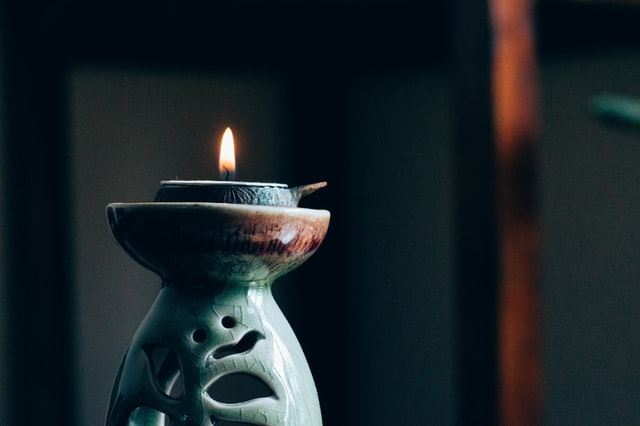Sanjana Idnani
This year, as we commemorate another International Yoga Day on 21 June, I am struck by how far-reaching and influential yoga has become, especially during the pandemic. Meditations via Headspace or asana practice are frequent happenings nowadays. From Zoom fitness classes to mindfulness programmes organised by work, everybody seems to be doing some type of yoga. Could the ancient Rishis (sages) have imagined this when they first developed and refined the practice?
I imagine they could have foreseen the scale of it. After all, the first mention of the word “yoga” was in an Ancient Hindu scripture called the Rig Veda and one of the most influential scriptures on yoga is the Bhagavad Gita; both texts were specifically designed to give philosophical life advice on a global scale.
What the Rishis might not have expected was the global commercialisation of the practice in the West where your brand of yoga pants is just as important as your practice; where yoga is a 50-minute stress-busting exercise class rather than a lifestyle; and 5 minutes of chanting is repackaged as the key to enlightenment (and £50 for that please!).
The word “yoga” comes from the Sanskrit word “Yuj” which means to yoke together: to join, or to unite. For the Rishis, yoga practice was a means for them to unite with God. It was also a practice designed to unite the material body with the soul and to restore agency to the spirit soul.
“there are still many South Asian individuals within their own communities who practice yoga as an art of connection.”
Significantly, this act of uniting both with the self and God was a lifestyle that involved connecting with the world around you, practicing non-violence, compassion, and self-awareness. Yoga would involve the physical poses and would also seep into what Rishis ate, how they talked, and how they acted, too.
And while much of this is not contained within Western yoga practice nowadays, there are still many South Asian individuals within their own communities who practice yoga as an art of connection.
Ria Patel, a long time friend of mine, who works with Greens of Colour and also practiced yoga with me over the first lockdown, described their first memory of practicing yoga being with their grandma when they were little: “She used to pick me up from school and I would spend so much time with her, and that’s how I was introduced to yoga.”
For many South Asian people, yoga practice starts within the family. Echoing the way spiritual knowledge used to be passed down the generations in Hindu culture, younger children often join in with an adult’s practice around the house and learn the principles themselves as they go.
This is definitely a memory that I resonate with, especially in my teen years. My mum used to get up at five or six in the morning to meditate and practice yoga. Although my 13-year-old self wasn’t a keen early bird, the dedication stuck with me and, during the lockdown quarantine, I used to wake up early and attend an early morning asana class.
Speaking to my mum, Henna Idnani, I learnt that, similarly, her first connection with yoga came from meeting relatives on her mum’s side who were still partaking in the practice in their 80s. She was so impressed and, consequently, signed up to yoga classes at the gym.
However, my mum also elaborated on the strangeness she felt practicing a different type of “westernised” yoga.
“It felt very competitive” she said, “and it took me years to connect with what yoga truly should be.”
My mum said that it was only when she started niyama (personal practice) that she really started to feel at home with her yoga: “I learnt that I needed to spend time in the poses, feel the poses, and use them to connect and ground myself.
“The gym classes are a great workout and will make you sweat, but the sequences are too fast-paced. Jumping from one asana to another isn’t yoga: that’s just showing off.”
Ria, who has got back into practicing yoga over the last year also expressed how they felt many people in the West had made yoga into a trend without any real understanding or concern for its origins: “A lot of the commercialisation of the practice has meant its roots have got lost.”
However, they were also optimistic about movements to decolonise yoga in the future: “If people continue to talk about what yoga is, where it came from, and make it more inclusive for everyone, it could be so useful for future generations. Yoga is such a wonderful practice to share!”
It is important to recognise that many things that are marketed as yoga now are far-removed from its origins. Yoga is not a race to the top: it is not about perfectionism, or the right products, and neither is it about becoming the biggest influencer.
“yoga is an inclusive art”
To many in the South Asian community, it is about the smaller moments. It is about connecting with our families and ourselves.
This isn’t to say that yoga practice should only be restricted to our communities; yoga is an inclusive art, and it is made all the more inclusive when we follow in the footsteps of those who know the culture and practice best.
Featured Image courtesy of Hans Vivek via Unsplash. Image licence can be found here. No changes were made to this image.

